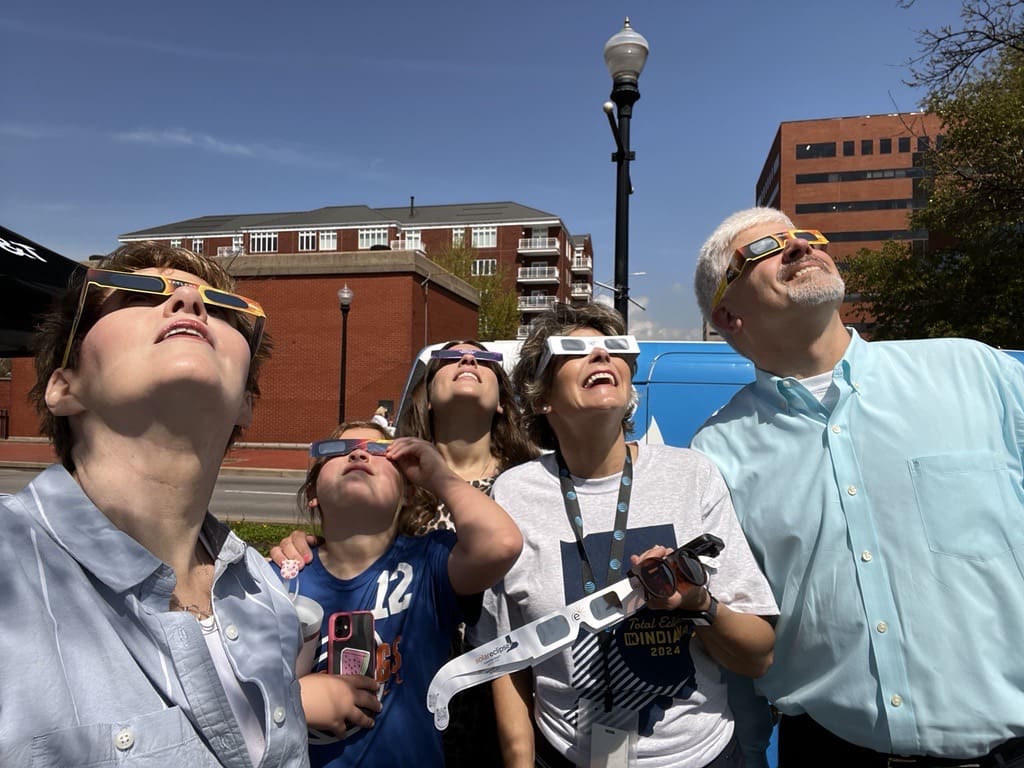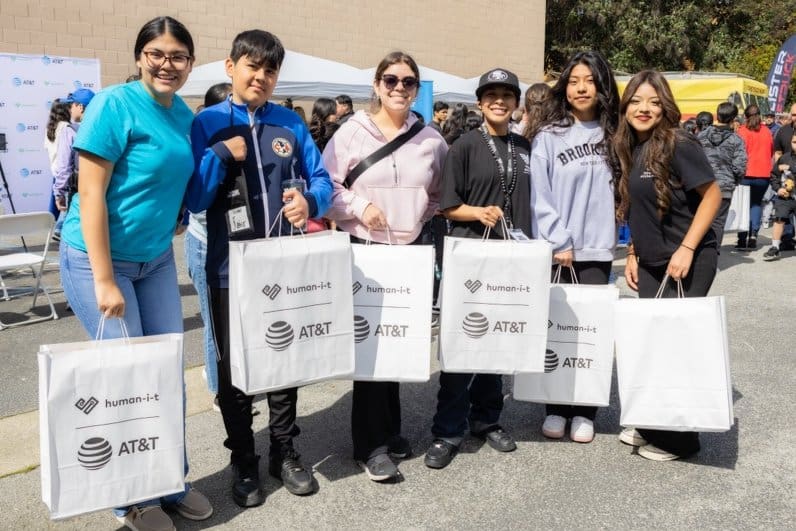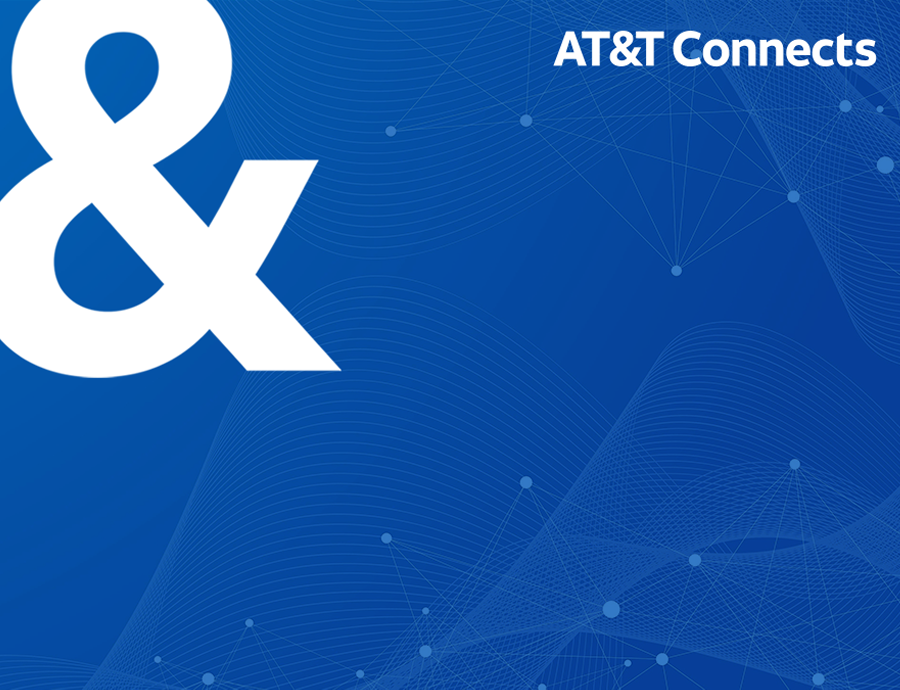Featured
By expanding broadband access and investing in America’s future, we can open a bridge to possibility for all.
Search
Filter
Location

Connecting Rural California to Fiber Internet for a Better Future
- Broadband Access and Affordability
- |

FirstNet Is Up To The Task During Eclipse
- Public Safety
- |

Our Purpose in 2024: Connectivity and Bridging the Digital Divide in California
- Broadband Access and Affordability
- |

AT&T Statement on NTIA’s New NEPA Reviews Guidance
- AT&T Policy Statements
- |

Making a Difference Through ‘Teachable, Reachable’ Moments
- Community Impact
- |

AT&T Helping Kalamazoo Organizations Bridge the Digital Divide for Families and Students
- Broadband Access and Affordability
- |
